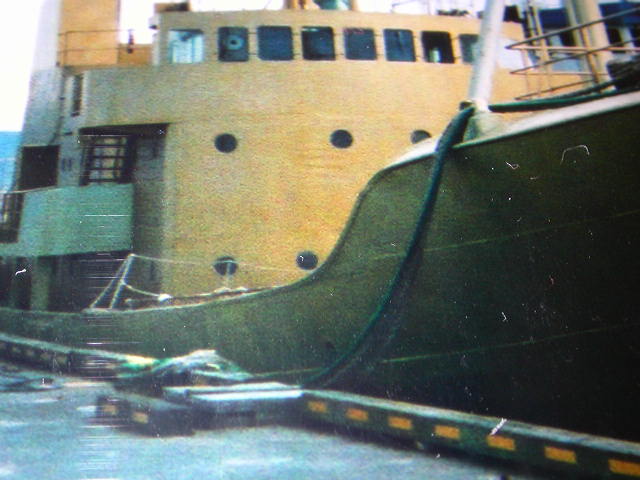 ++101 Reykjavik++ ++101 Reykjavik++ |
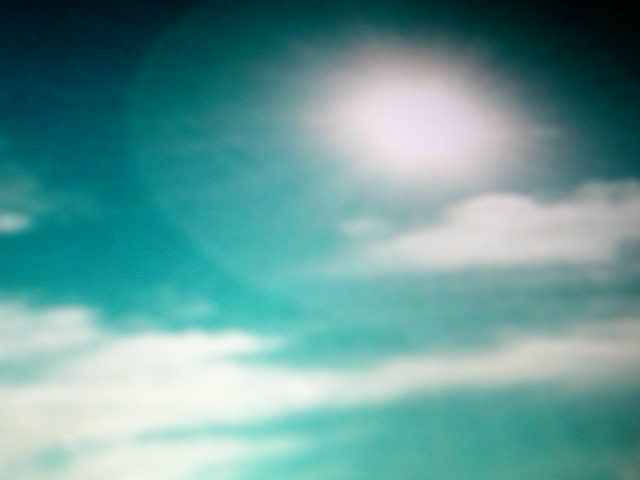 ++The Blue Sky++ ++The Blue Sky++ |
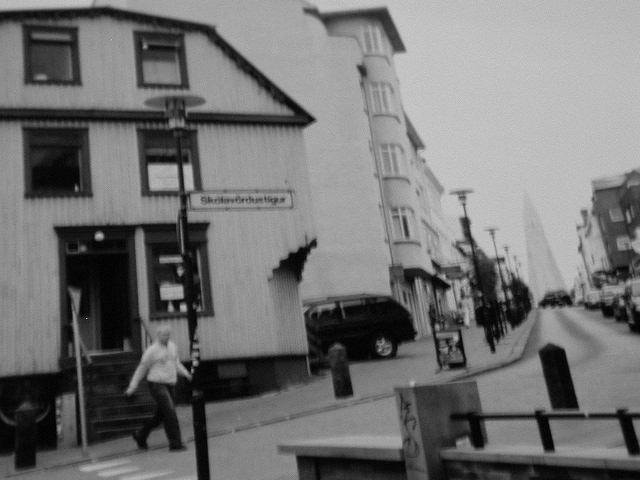 ++Crystal Rise++ ++Crystal Rise++ |
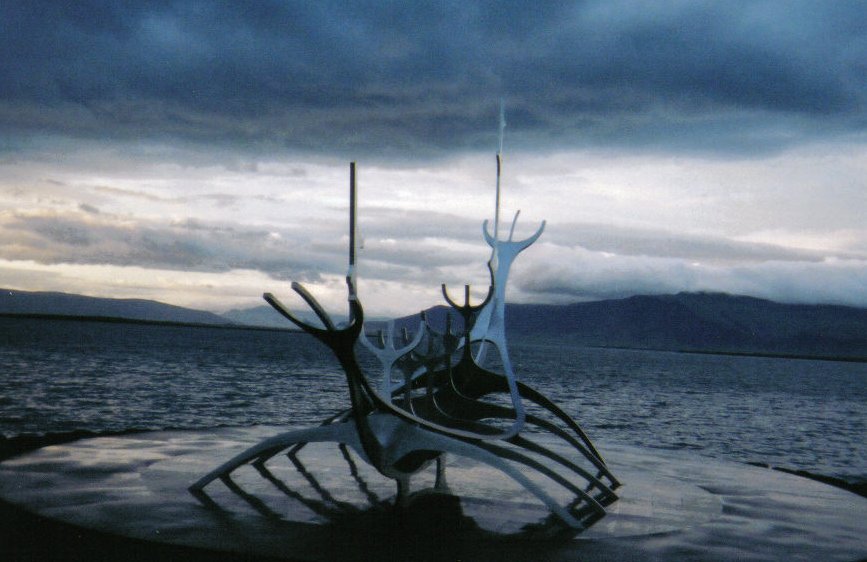 ++Viking Horns++ ++Viking Horns++ |
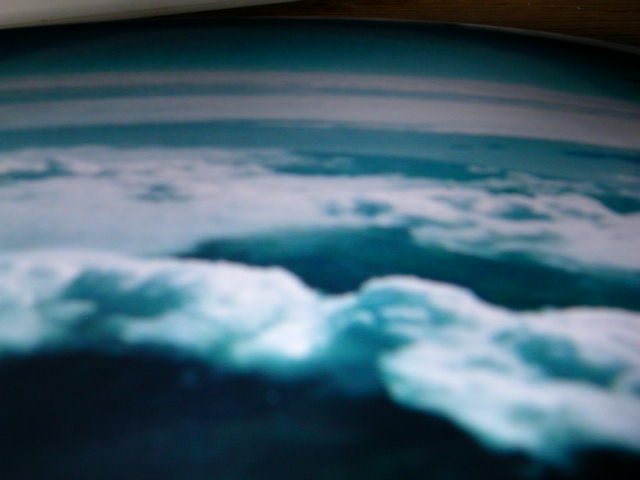 ++South Iceland++ ++South Iceland++ |
 | 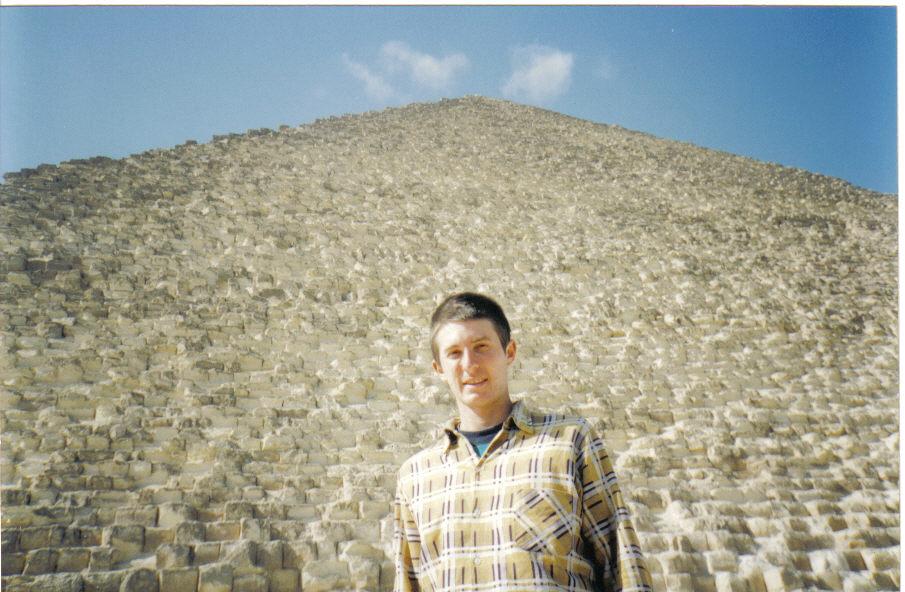 |  |  |  |
| +weblog++photographic galleries++fiction++middle eastern photos++south sudan nation++mirror site+ |
|
 SIWA OASIS :: WESTERN DESERT EGYPT :: 29.1 N 25.3 E  I HAVE ALWAYS CONSIDERED EGYPT TO BE THE MOST EXOTIC COUNTRY I HAVE EVER VISITED. Maybe it is because Egypt was one of the first countries I went to, in the winter of 1992/93, when I was much younger and more impressionistic than I am today. They always say first impressions impress the deepest, and I was deeply impressed by Egypt. Other countries give you a buzz, but going to Egypt is like taking a trip back in time -- back to the days of donkeys and a mass of peasantry, the intrusion of the Feudal world into our modern times. It is the trippiest of mindtrips! Amongst the many pleasures and leisures of the Republic of Misr, all of them strange and almost sickeningly exotic, one place stood out more strangely than the rest, during my sojourn there -- the tiny oasis of Siwa, near the Libyan frontier. It has changed a bit in the 12 years since I was there, apparently, and the big hotels have moved in, and much of the exotic charm has probably been lost. Nonetheless, I definitely recommend Siwa for those wanting a bit of the North African Experience. Don't let terrorists or the fear of terrorists put you off -- the danger of attack is slight even in these grim days, and adds a little spice to your enjoyment of the trip. There is nothing like the proximity to danger and automatic weaponry, to make your realise you are not on McVacation. Egypt's safe -- don't worry about it. Half the buzz of Siwa comes from its location -- it lies in the middle of Egypt's Western Desert, one of the most arid areas of the world. According to the website Siwa Egypt - The last frontier of humanity: "Every where (sic) in Siwa is a good spot, if not because every location is so beautifully bizarre, then because everywhere is so unspoilt and untouched. It's almost as if time never moved in this part of the world. I remember my favourite spot to be that on top of a ten storey high sand dune, on which I took a most incredible picture with my guide seated behind me." When I visited Siwa, the 650km bus ride there took all day, from sunrise over the squalid apartment blocks of Cairo, to sunset on the empty dunes of Saharan sand. (There were a couple of interesting stops on the way, at little towns on the Med Sea where old men played checkers and smoked great brass pipes in open-air cafes, and pigeon lofts lined the streets.) As well as its isolation, Siwa gets a lot of impact from its age -- like many places in the Middle East, this place is literally thousands of years old. The place was happening in the Ancient Egyptian times. The Arabs who later overrun North Africa with their beautiful civilisation named the town Santariya. In the Greek Era Siwa developed a reputation as a place of prophecy, and Alexander the Great ventured here to get himself proclaimed a God and a King of Egypt. I was lucky to visit the alleged tomb of Alexander in a field of dry grass, the surrounding silence broken only by the occasional passing donkey carts, or some birds with business in the oasis. If chilling out is your thing, then definitely come to Siwa. The nightlife might not be anything more special than getting a bowl of yoghurt in one of the town's few open-air restaurants, or splattering mosquitos on your hotel room wall. But when it comes to sightlife, Siwa has it in spades!
As I stated earlier, Siwa is a staggering 650km from the Egyptian capital, Cairo. You just have to look at a map to see how isolated this place is. The bus from Matrouch to Siwa was a lot more primitive, and I had to stand for the first hour, but I felt happy to be with all the Egyptians. It wasn't until after dark that we finally arrived in Siwa, and my first impression of it (apart from the sudden appearance of vegetation) was the enormous mud city which lies in its dusty heart.
Called Aghurmi, the old mud city in Siwa must rank as one of the strangest things I have ever seen. It is amazing enough to think that people could actually build a city out of mud and live in it, especially as the high salt content of Siwan mud makes it easy to melt in rain. The truly astounding thing is, the mud city has lasted so long, for so many centuries. Actually, according to one report I recently read, the old city was made uninhabitable after a freak rain storm in 1926 (any kind of rain is freakish in the desert, but this apparently was a major deluge). The Siwans were forced to move out of Aghurmi, into the new town of Shali. Increasinly, the old Siwan construction style is dying out, and concrete dwellings are taking over the beautiful olive and date groves. The old mud city is still there nonetheless, and you can stroll around it, and from its heights, take commanding photos of the surrounding scenes. More than anything, tourists come to Siwa to get away from the modern world. It is certainly an iddlyic retreat, with its thick palm groves, walled gardens and olive orchards. There are also plenty of freshwater springs, a tribute to the outflowing of underground water which allows this oasis to bloom in the heart of one of the world's biggest deserts. When it comes to getting away from it all, nothing compares to the lonely splendour of the Saharan Desert. On Thursday, February 2 (my 20th birthday!) I went on a bicycle ride with some of my fellow travellers to the palmy Fantasy Island. From there (and still using the bikes!) we headed into the so-called Sea of Sand, quite possibly one of the most interesting landscapes I have ever visited. In all directions, sand stretched in endless softly undulating dunes. At the base of one of the dunes we got out of the wind to talk for a while -- I found it hard to believe that I was sitting out in the open desert only 50km from the Libyan border. Later that night, at the little open-air restaurant we used to hang out in, I announced it was my birthday and received a pizza birthday cake. Siwa is a true oasis in the truest sense of the word, with plenty of bathing places, but it has also acted as a repository of ancient culture and cultures. For a taste of Ancient Egypt, check out the 26th Dynasty tombs with murals and inscriptions at Jebel al-Mawta (The Hill of the Dead) and the Oracle of Amun, which was famous in the Ancient World. I visited this site one sunny winter's day with two blond Germans, and felt like I was reliving Lawrence of Arabia, or at very least The Temple of Doom. The King of Persia once lead a 50,000 man army to destroy the Oracle, but the entire army was lost in the desert. If Greek culture is more your thing, there is an Acropolis temple dating from around 550 BC. Near the Oracle is a ruined Temple of Amun and the famous Cleopatra Bath (perhaps it is said Cleopatra herself bathed here -- I can't quite remember, sorry!) Siwans have their own culture and customs and they speak a Berber language, Siwi, rather than Arabic. Many women still wear traditional costumes and silver jewellery, which you can pick up at the inevitable tacky tourist souvenir stall. Since Uncloned World encourages the understanding of local cultures and languages, it is recommended that visitors to Siwa read this website to learn a little of Siwi communication. At present, Siwa houses only about 15 hotels with a maximum of 15 rooms each. In 2002 an "eco-lodge" aimed at the high-end market was opened in the oasis, built from rectangular blocks of semi-transparent salt, and filled with decore such as coin-like stones gathered from the desert, Siwan tapestries and carpets. The lodge garden provides organic food for residents. And a natural hot spring, one of 230 in the oasis, serves as a swimming pool. Siwa's isolation is what gives it its charm, and local people have been fierce in fighting against the scourge of mass tourism. According to one report, the Egyptian government met with vocal opposition when it suggested opening SiwaE½s military airport to commercial flights. SiwaE½s nine sheikhs argue that mass tourism will destroy a unique and fragile Berber culture and are reluctant to increase the current annual influx of just 8,000 tourists. Even tourist experts share this view. "Every so often, there is talk in the central government about developing tourism in Siwa," says Mahdi Hweiti, Siwa's director of tourism. "But luckily, nothing much has happened. We have a local saying, 'God protects Siwa' and it's true." With no commercial air link, the only way getting to Siwa is to take the bus either to Marsa Matrouch, or Alexandria. If you are coming from Alexandria, catch the local bus at the Misr Bus Terminal. Advanced ticketing is necessary as the buses run only 2-3 days per week. A one-way student ticket should set you back about 2-3 Euros. I followed this route in reverse on Saturday, February 6, 1993, at the conclusion of my week-long Siwan adventure. Alexandria didn't look as good as I had expected, but as I had a few hours to wait for the Cairo train I had a look around this ancient and historic port. Then it was back to the car horns and armed sentries of the Egyptian capital!
|
| |||||||||||||||||||||||||